Tennessee’s Geology Shows the Local Peculiarity of Fracking
Circle of Blue’s Brett Walton finds that little water is used for fracking in a state that is not known for its oil and gas production.
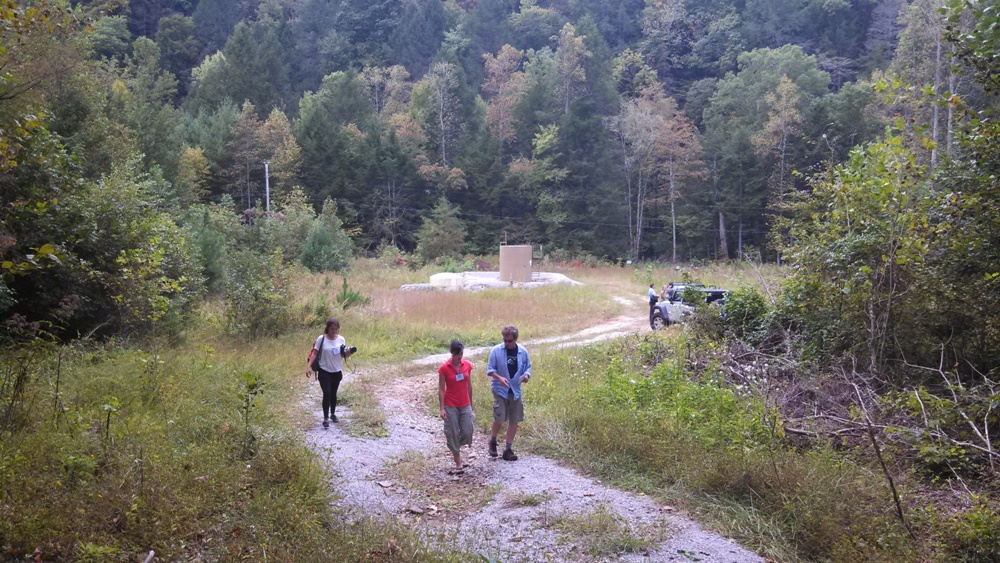
I’m in eastern Tennessee on a field trip that was organized as part of the Society of Environmental Journalists conference, which is being held two hours south of here, in Chattanooga. For this tour, we’re meeting with an energy company executive and an environmental lawyer, as well as touring a few producing gas wells near Frozen Head State Park with members of the Sierra Club. (The energy company executive could not accompany us on the field tour, because we were seeing another company’s wells.)
A stout brick courthouse topped with a white belltower cupola anchors the town square in Wartburg, seat of Morgan County. Gas wells dot the forested hollows north of town. In a pavilion next to the Morgan County courthouse, John Bonar explains to a group of two dozen journalists and conference attendees why fracking in Tennessee is a peculiar business. Bonar, a petroleum engineer by training, is the general manager of Atlas Energy Tennessee, a division of the U.S. energy company that has stakes in the Barnett Shale in Texas and the Mississippi Lime in Oklahoma, among others.
In U.S. oil and gas rankings, Tennessee hangs near the bottom – in the lowest third for natural gas and in the bottom five for oil. A perennial energy giant it is not.
Yet even Tennessee has been touched by the shale gas boom that has rolled across the country during the last few years. The one-two punch of hydraulic fracturing, which breaks apart shale rock to release gas, and horizontal drilling, which increases productivity by increasing the amount of rock that can be fractured, has revived the energy industry in the United States, now the world’s largest combined producer of oil and natural gas.
Tennessee, certainly, is on the shale fringe. Yet, though the state does not have the expansive reserves of Pennsylvania or Texas, it does have some natural gas. And the characteristics of the rocks that hold the gas are essential to understanding how fracking happens and what its effects will be.
The geology of southern Appalachia is an instructive example of why the fruits of the shale-gas revolution – abundant production, evidence of water contamination, and regulatory battles in nearly every gas-producing state – spring from vastly different local conditions. In Tennessee, you see, they frack shale, but they rarely use water to do so.
Less Water
The Chattanooga Shale, found 610 to 1,525 meters (2,000 to 5,000 feet) below ground, is the rock of primary interest here. It is a much shallower shale layer compared to, say, the Marcellus in Pennsylvania, which runs as deep as 2,740 meters (9,000 feet).
Shallow rocks are under less pressure – physical circumstances that make fracking in the Chattanooga a much different play.
“For the Chattanooga, no water is best,” Bonar says.
Atlas tried fracking with water. It even attempted the largest fracking job in Tennessee, pumping 1,514 cubic meters (400,000 gallons) down a well. But the company didn’t get the results it did with a foam mixture or nitrogen gas, Bonar said. The water gummed up the cracks in the shale and prevented the gas from flowing. After a nitrogen frack, the preferred method, the gas is simply bled off into the atmosphere, which is 79 percent nitrogen.
Atlas drilled roughly 39 horizontal wells in Tennessee, Bonar said. Several companies have talked about the potential of the Chattanooga, but the recent glut in natural gas supplies brought development of the play to a standstill. Atlas has not drilled a new well in the Chattanooga in three years.
Last month, the University of Tennessee requested drilling proposals for the Cumberland Forest, a research unit near Wartburg. The university received no bids.
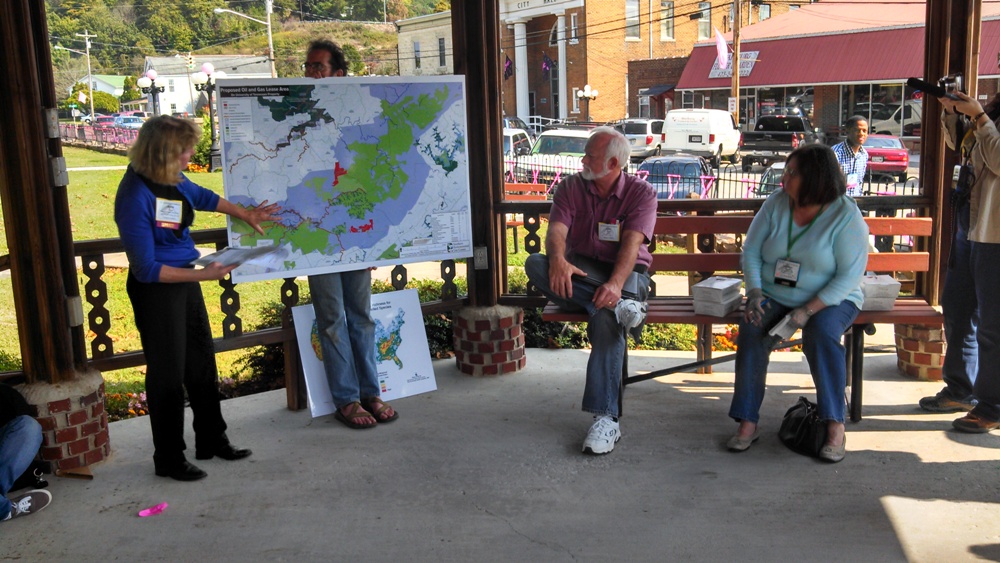
Common Problems
The Chattanooga, which extends into Alabama and Kentucky, may be a low-water shale play, but gas development in Tennessee has some ills in common with gas production in the rest of the country.
One is enforcement. Anne Davis, a lawyer with the Southern Environmental Law Center, said that the state environmental regulator has just two inspectors in its mineral division who are responsible for thousands of wells. Insufficient staffing means details can slip by unnoticed.
That record fracking job that Bonar said Atlas completed? Davis was shocked to hear about it, since the Tennessee Department of Environment and Conservation had said that the largest fracking job in the state used only 662 cubic meters (175,000 gallons); TDEC made this claim as it was preparing the state’s fracking regulations, which the governor signed in June.
Those regulations require companies to notify the public before any large-volume fracking takes place – large-volume being defined as more than 757 cubic meters (200,000 gallons), which is tiny compared to the 18,900 cubic meters (5 million gallons) that an average fracking job requires in Pennsylvania, for instance.
The regulations also prohibit drilling new wells in flood plains. Yet, on our field tour, we saw an existing well located not more than 50 meters from the Emory River.
Besides enforcement, methane leakage is another contentious matter. If too much gas escapes from wells, local air quality deteriorates and the carbon dioxide-reducing benefits of natural gas come into question. However, a study published in the Proceedings of the National Academy of Sciences last month suggested that leaks from wells are lower than even the conservative estimates.
But leaks do happen. We saw, smelled, and heard the evidence at well HW-1006, operated by Knox Energy near Laurel Fork. Dizzying odors became stronger when we got close to a crayon-sized hole next to the piping. When water was poured into the void, the hole burped and gurgled.
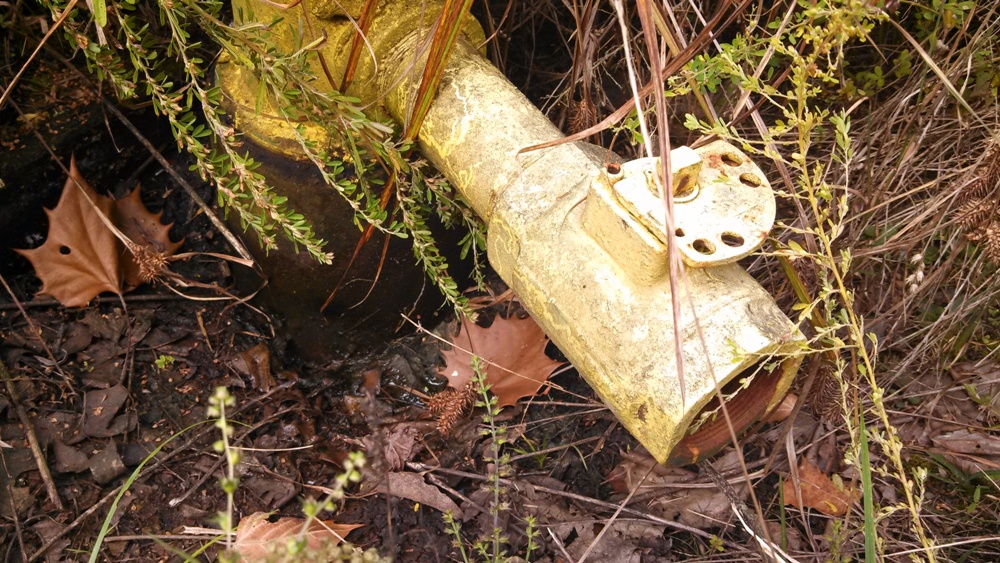
Do you live, work, or play near a Tennessee fracking well? Or did you attend the SEJ 2013 conference? I’d love to hear from you. Contact Brett Walton,send a tweet to @waltonwater, or comment below.
–Brett Walton, Circle of Blue reporter
Brett writes about agriculture, energy, infrastructure, and the politics and economics of water in the United States. He also writes the Federal Water Tap, Circle of Blue’s weekly digest of U.S. government water news. He is the winner of two Society of Environmental Journalists reporting awards, one of the top honors in American environmental journalism: first place for explanatory reporting for a series on septic system pollution in the United States(2016) and third place for beat reporting in a small market (2014). He received the Sierra Club’s Distinguished Service Award in 2018. Brett lives in Seattle, where he hikes the mountains and bakes pies. Contact Brett Walton



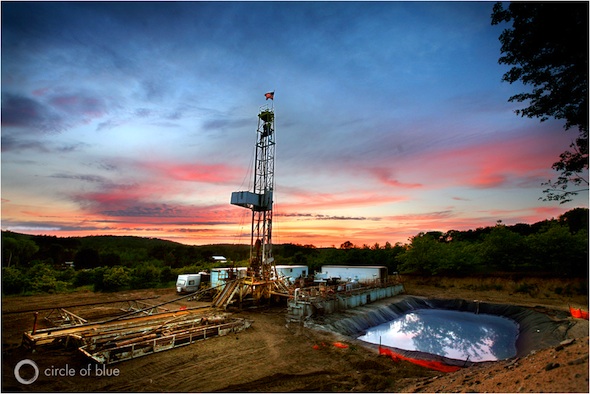
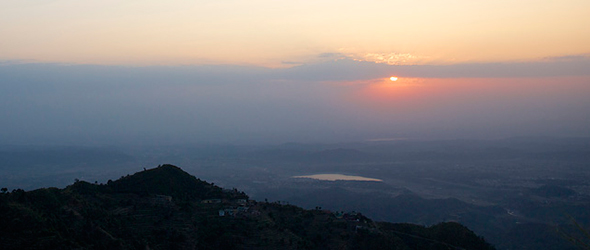
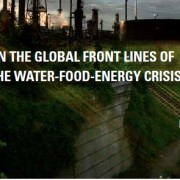


I’m thinking of buying a lot of land near and a old gas well in Morgan County sunbright tn